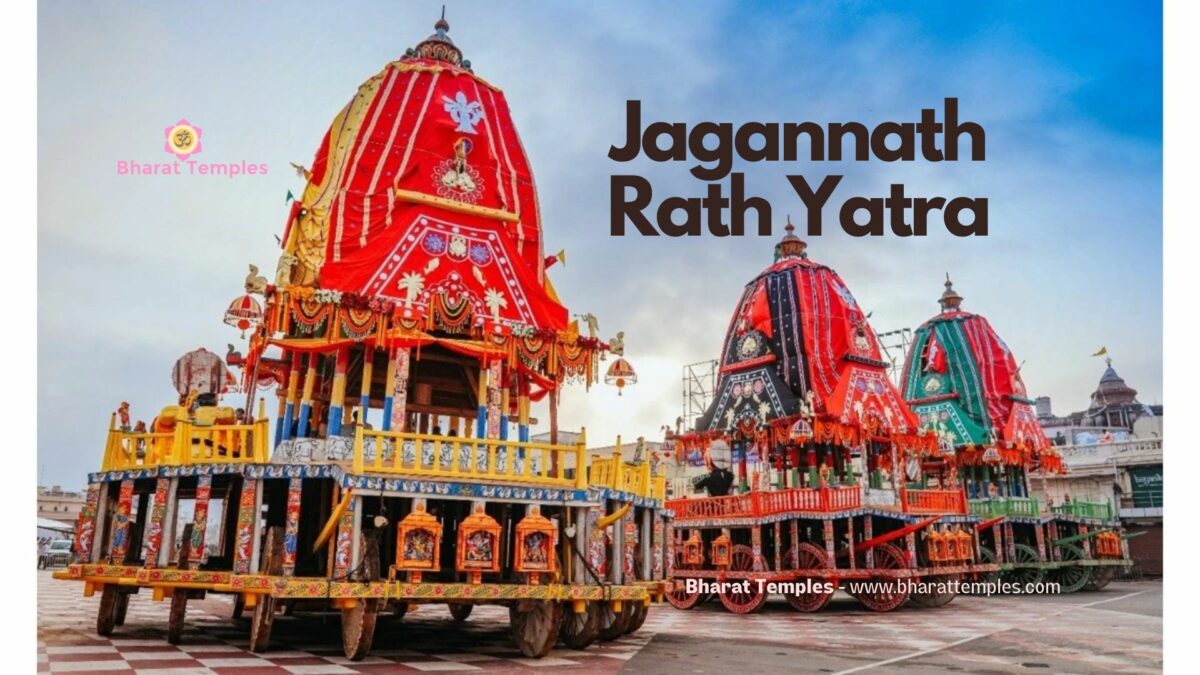Contents
Understanding the Importance of Jagannath Rath Yatra
The Historical Significance
Dating back centuries, Jagannath Rath Yatra is a monumental festival in the Hindu calendar. It originated in Puri, Odisha, in India. Legend has it that this holy event is a celebration of Lord Krishna’s journey to his birthplace, Vrindavan, with his elder brother, Balaram, and sister, Subhadra.
The Spiritual Perspective
Beyond the historical narrative, Jagannath Rath Yatra is an embodiment of the universal values of love, devotion, and fraternity. It offers an unparalleled spiritual journey that ties devotees across the world together, irrespective of caste, creed, or social status.
The Unfolding of the Rath Yatra
The Preparatory Rituals
The Rath Yatra kicks off with a series of vibrant rituals. The deities are bathed and adorned in new clothes, signifying renewal. This is followed by a period of seclusion, known as Anasara, which builds anticipation among devotees.
The Grand Procession
The deities then embark on their journey in their chariots, pulled by thousands of devotees. This procession, filled with jubilation and fervor, marks the pinnacle of the Rath Yatra.
The Chariots of Jagannath Rath Yatra
The Deities and their Chariots
Each deity has a distinct chariot. Lord Jagannath’s chariot, Nandighosa, is a magnificent structure with 18 wheels. Balaram’s chariot, Taladhvaja, is equipped with 16 wheels, while Subhadra’s chariot, Darpadalana, has 14 wheels.
The Craftsmanship Behind the Chariots
The chariots, constructed anew each year, represent remarkable feats of craftsmanship and religious devotion. Each detail on the chariots, from the intricate carvings to the vivid colors, carries profound symbolism.
The Unique Traditions of Rath Yatra
The Auspicious Chhera Pahara Ritual
During the Yatra, the king of Puri performs the Chhera Pahara, a symbolic ritual of sweeping the chariots with a gold-handled broom. This act emphasizes the equality and humility promoted by the festival.
The Return Journey: Bahuda Jatra
The return journey, or Bahuda Jatra, marks the culmination of the Rath Yatra. The deities, having blessed their devotees, return to their temple abode.
Experiencing Rath Yatra in Puri
The Enthralling Atmosphere
The Rath Yatra transforms Puri into a sea of devotion, with chants of “Jai Jagannath” echoing in every corner. The spiritual energy that permeates the city is a unique experience.
Tips for Attending the Rath Yatra
For anyone planning to witness this grand spectacle, it’s essential to book accommodations in advance and stay hydrated. Most importantly, immerse yourself in the spirituality and cultural richness of the festival.
FAQs
The chariots represent the body of the deities and are carefully constructed each year. They are considered to be temporary abodes for the deities during the Yatra.
The Rath Yatra is a commemoration of Lord Krishna’s journey to his birthplace. It symbolizes the deities’ desire to mingle with their devotees outside the temple.
Yes, anyone, irrespective of their social or religious background, can participate in pulling the chariots. It is considered a way of obtaining the deities’ blessings.
Key rituals include the bathing and dressing of deities, the grand procession, the Chhera Pahara, and the return journey or Bahuda Jatra.
The entire Yatra, including the return journey, lasts for approximately 10-12 days.


